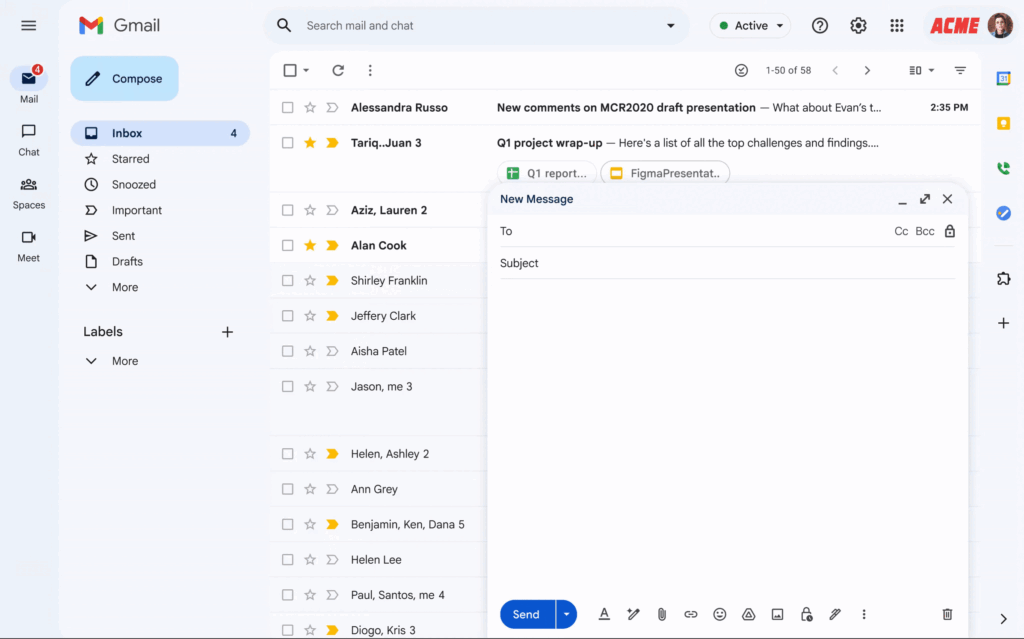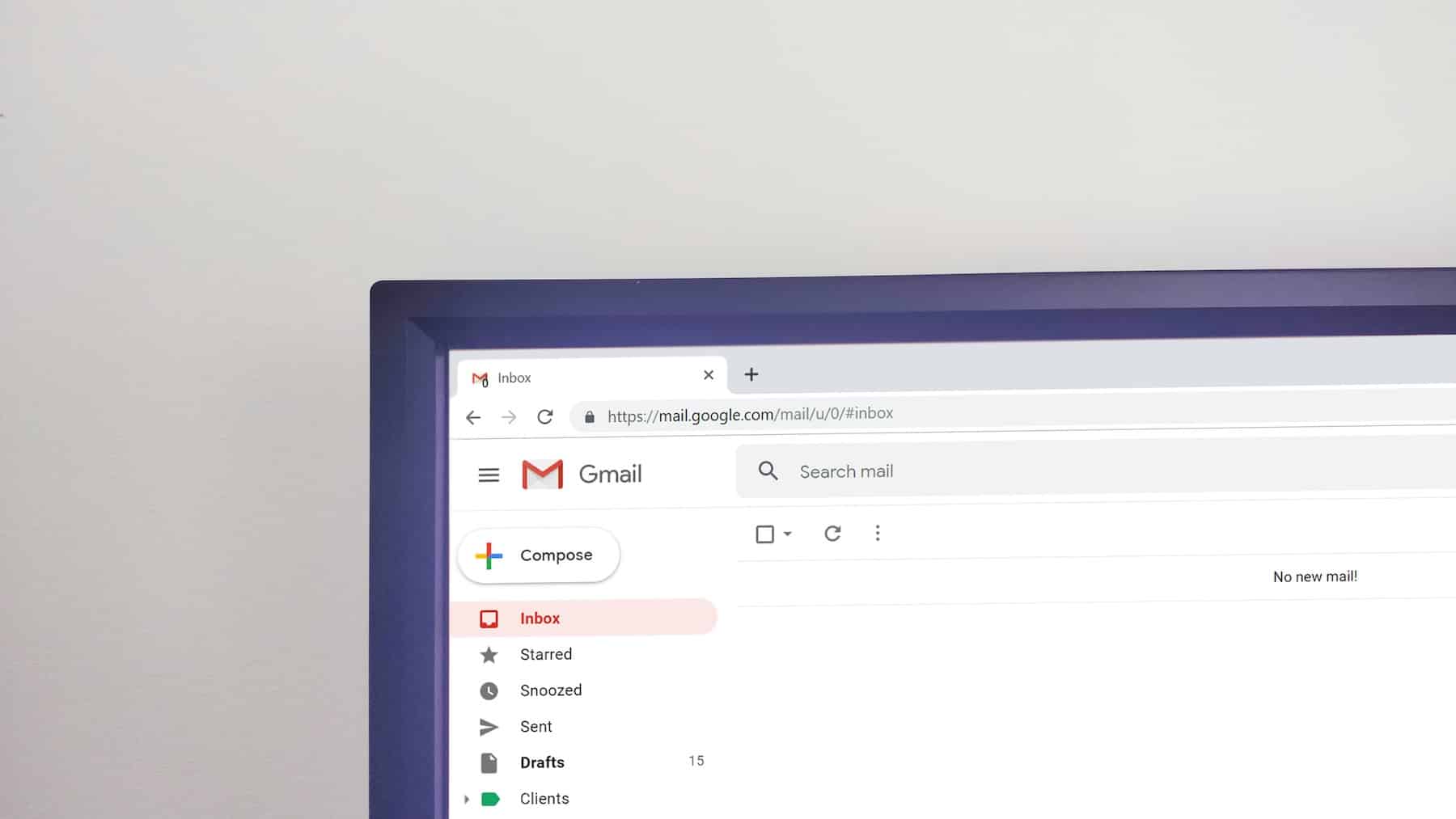Google takes a decisive step in the democratization of digital privacy with the progressive rollout of end-to-end encryption (E2EE) in Gmail for corporate environments. Throughout 2025, this capability will be extended to any Gmail account—and subsequently to other email platforms—without the need for certificates or additional tools.
The new feature, announced to coincide with the service’s anniversary, aims to make Gmail a benchmark for secure and accessible email, eliminating the technical complexities historically associated with the S/MIME protocol.
End of Complexity: One-Click Encryption
Unlike S/MIME, which requires the management of digital certificates by the IT team, the new feature allows any user to encrypt sensitive messages by activating an option integrated into the compose interface. If the recipient is another Gmail user (whether professional or personal), the content is automatically decrypted in their inbox. In the case of external users, a secure link is generated that allows access to the message from a restricted and protected version of Gmail.
This model is supported by Google’s Workspace Client-Side Encryption (CSE) system, which ensures that encryption keys are exclusively under the client’s control and off Google’s servers. As a result, neither Google nor third parties can access the content, thus complying with regulations such as GDPR, HIPAA, and the requirements for digital sovereignty.

Advanced Security with No Friction for IT Teams
The proposal aims to address one of the significant challenges of encrypted corporate email: the user experience. According to Google, the goal is to maintain the same seamless usability of Gmail but with additional layers of protection.
In addition to end-to-end encryption, the company is incorporating new features to strengthen organizations’ security posture:
- Default Encryption Policy, which allows the application of E2EE by default for sensitive teams.
- Automatic Classification Labels and DLP (Data Loss Prevention) rules.
- Unified Threat Detection Model, based on artificial intelligence, that analyzes thousands of signals to identify advanced attacks before they reach the user.
Gmail Aims to Lead in Privacy Without Sacrificing Usability
This approach responds to a growing need in the digital environment: access to robust yet easy-to-implement and maintain security solutions. Until now, many organizations shied away from end-to-end encryption due to its technical complexity or lack of interoperability between services.
The new architecture of Gmail eliminates these obstacles and reinforces Google’s message as a provider of cloud solutions aligned with 21st-century security demands.
The functionality is already available in beta for organizations within Google Workspace. In the next phases of deployment, sending encrypted emails to any Gmail account will be enabled, and finally to external addresses, consolidating an interoperable encrypted ecosystem.
Source: Social Media News

